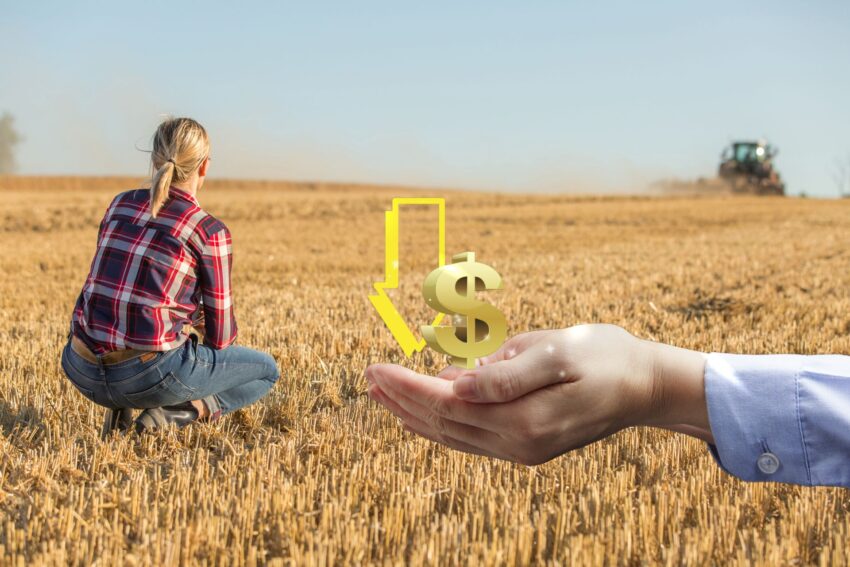The agricultural landscape in 2025 is witnessing a convergence of challenges that are making profitability an elusive goal for farmers, machinery manufacturers, and agricultural traders alike. This triad of industry players is grappling with a perfect storm of economic pressures, signaling a dire need for intervention and innovation to safeguard the future of food production.
Farmers are at the heart of this crisis, feeling the brunt of declining commodity prices amidst rising input costs. According to a recent report by the American Ag Network, the financial landscape for farmers has never been more precarious. The cost of essentials like fertilizers, seeds, and fuel has surged, squeezing the profit margins that farmers rely on. This situation is exacerbated by unpredictable weather patterns and market volatility, which have made planning and investment for future seasons a high-risk gamble. The report highlights that for many, the dream of a sustainable farming operation is rapidly turning into a struggle for survival.
Machinery manufacturers, traditionally a backbone of agricultural innovation, are also facing headwinds. The sector is experiencing a significant downturn in demand. Farmers, wary of their financial health, are postponing equipment purchases or turning to buying used machinery on auction, which in turn affects manufacturers’ ability to invest in new technology or even maintain current production levels. This cycle of reduced demand leading to lower profits is creating a feedback loop that could stifle the very technological advancements needed to boost farm efficiency and resilience.
Adding to this complex scenario are agricultural traders, who are navigating through what can only be described as turbulent waters. A piece by DTN/The Progressive Farmer underscores the struggles of these traders, particularly with the rice market. With global supply chains still reeling from years of disruptions, traders are finding it increasingly difficult to predict market trends, manage inventory, or secure profitable contracts. The article cites examples where traders are forced to sell at a loss or hold onto stocks with diminishing returns, illustrating the broader challenge of securing a profit in an era of economic uncertainty and fluctuating trade policies.
The interdependence of these sectors means that the struggles of one directly impact the others. The inability of farmers to profit from their produce reduces their purchasing power, which in turn affects the sales and innovation cycles of machinery manufacturers. Simultaneously, traders, caught between fluctuating prices and demand, struggle to provide stable market signals or returns to farmers, further intensifying the cycle of financial strain.
This pressing issue is not just about the profitability of individual businesses but has profound implications for global food security. As profits dwindle, the capacity for investment in sustainable practices, technology, or even basic operational continuity diminishes, potentially leading to reduced agricultural output when the world’s population continues to grow.
The agriculture sector is at a critical juncture where collective action, policy support, and perhaps a reimagining of business models might be necessary. Stakeholders from all areas of the agricultural chain need to come together to devise strategies that can weather this storm of low profitability, ensuring that the sector not only survives but thrives in the years to come. Without such concerted efforts, the impact could be felt far beyond the fields, reshaping the global food supply chain in ways that could take decades to recover from.


